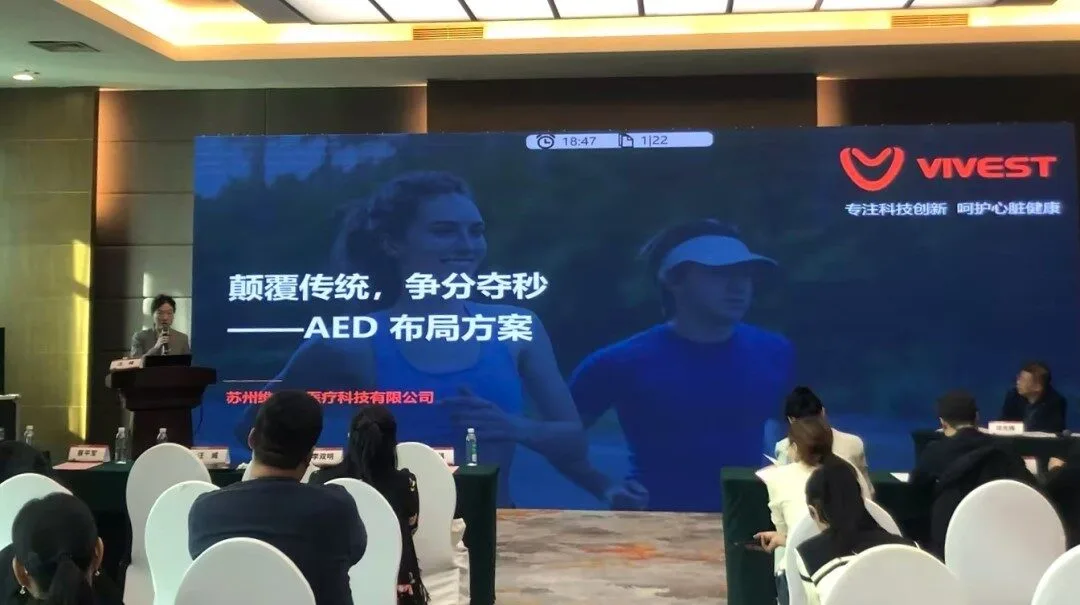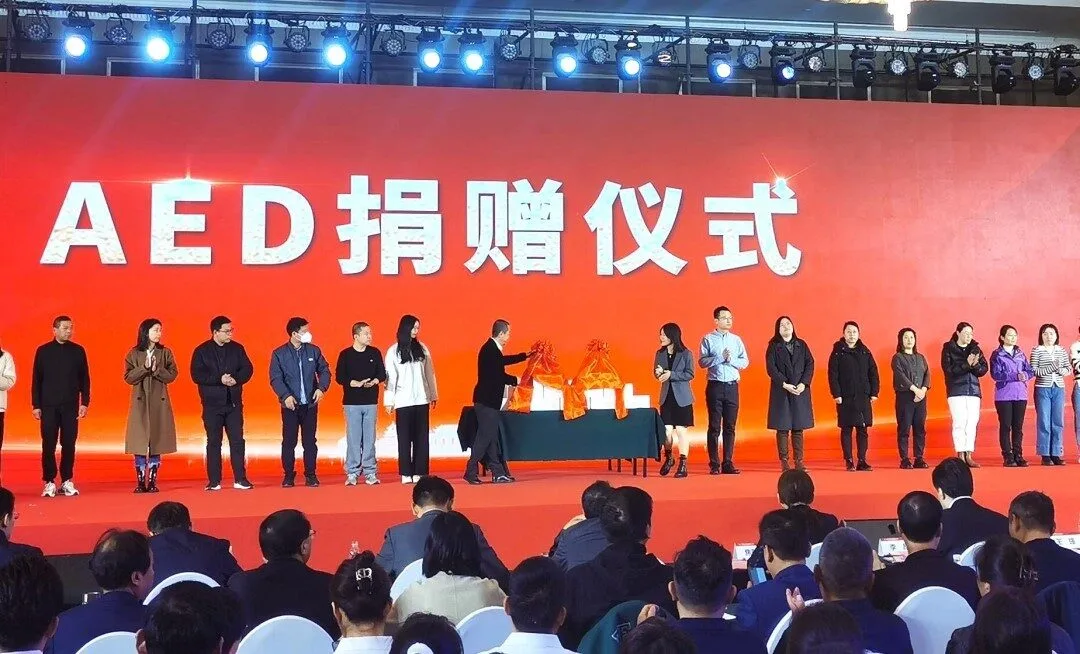From November 15 to 19, the 4th China First Aid Conference and the 7th National First Aid Skills Competition, hosted by the Emergency Center (Station) Branch of the Chinese Hospital Association and organized by the Beijing Emergency Center, were held in Beijing. More than a thousand leaders, experts, scholars, and front-line medical workers from the National Health Commission, the Chinese Red Cross Society, the Ministry of Public Security, the Ministry of Industry and Information Technology, the Ministry of Emergency Management, and related fields such as pre-hospital emergency care, in-hospital specialists, and emergency management systems attended the meeting.
At the opening ceremony, Yang Hua, chairman of the Emergency Center (Station) Branch of the Chinese Hospital Association and secretary of the Party Committee of the Beijing Emergency Center, and Professor Ao Hushan, member of the National Committee of the Chinese People’s Political Consultative Conference, delivered speeches. Li Ang, deputy director of the Beijing Municipal Health Commission, Liu Fudong, deputy secretary-general of the Chinese Hospital Association, Guo Jianyang, deputy director of the Relief Department of the Chinese Red Cross Society, Wu Xiangtian, deputy director of the Planning Department of the National Health Commission, and Jiao Yahui, director of the Medical Administration Department of the National Health Commission, attended the meeting to congratulate.

“To save more lives, the participation of the whole society is needed.” On the 18th, the pilot project of “4-minute mutual rescue system in public places” was officially launched. The project leader introduced that the project will establish a social mutual rescue response system in 7 cities with good pre-hospital emergency and social emergency foundations, such as Beijing, Shanghai, and Shenzhen, to seize the precious emergency time window of “diamond 4 minutes” before the ambulance arrives and save lives to the greatest extent.
At present, the Emergency Center (Station) Branch of the Chinese Hospital Association has formulated a standardized public training and teaching system under the guidance of the National Health Commission. The project will gradually build a “social 4-minute emergency circle” through volunteer training, AED and volunteer positioning, and the implementation of the main responsibilities of management units, so as to achieve “someone falls and someone is rescued as soon as possible”.
Taking Beijing as an example, 250,000 high-risk occupational personnel in the city have been trained in emergency in the past three years, and it is planned to provide more than 30,000 high-quality emergency training for key public place staff next year. At the same time, AED equipment and professionally trained urban emergency volunteers will be open for positioning through the 120 command and dispatch system.

At this conference, Suzhou Weiweisi Medical Technology Co., Ltd. and Beijing Zhongkanglian Charity Foundation donated 30 self-developed PowerBeat X3 automatic external defibrillators (AEDs) to multiple units to promote the popularization and application of AEDs. It is expected that in the future, it will inject new vitality into my country’s pre-hospital medical emergency care, improve the success rate of rescue, and save more patients’ lives.
Chen Zhi, director of the Beijing Emergency Medical Training Center, introduced that the units that received the donation include key cultural and tourism venues such as the National Museum, Miaofeng Mountain Scenic Area, and Shunyi District Library, as well as community medical institutions and schools such as Majiabao Community Health Service Center and Beijing Health Vocational College. “According to the plan, by the end of 2023, AED and other emergency facilities and equipment will be fully covered in key public places in Beijing. We hope to continue to promote AED to penetrate into communities, schools, and key public places, and come to the people, so as to truly play the role of a ‘life-saving artifact’.”
This conference not only reflects the importance of pre-hospital medical emergency care by well-known experts and scholars from all over the country, but also emphasizes the significance of AED layout in promoting the development of pre-hospital medical emergency care, and provides new ideas and prospects for the construction of my country’s large emergency care system.
As a company dedicated to the research and development of advanced emergency equipment, Vives Medical will continue to uphold the concept of technological innovation, continuously improve product quality and performance, and contribute to the development of China’s emergency medical services.


